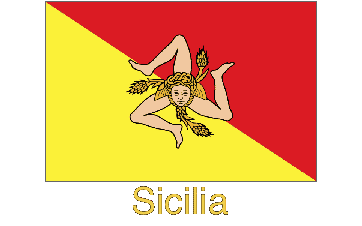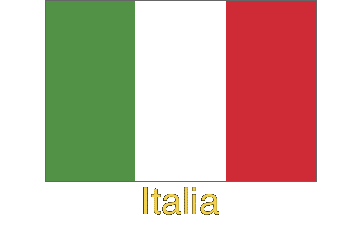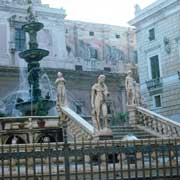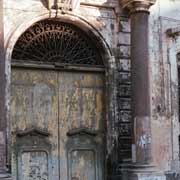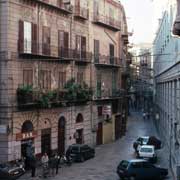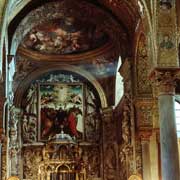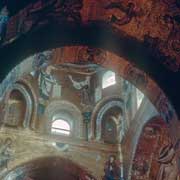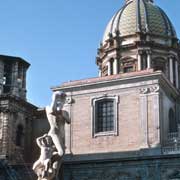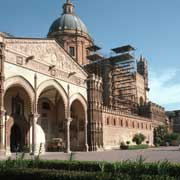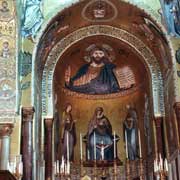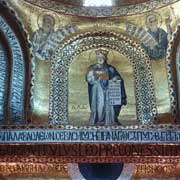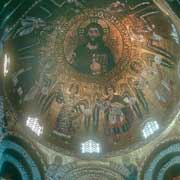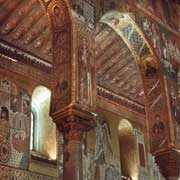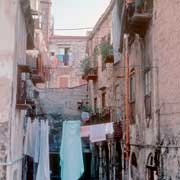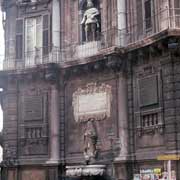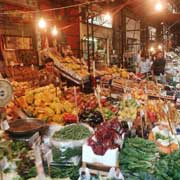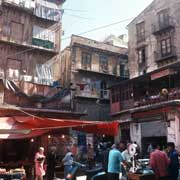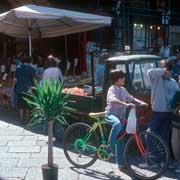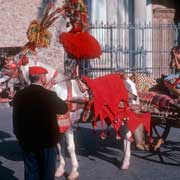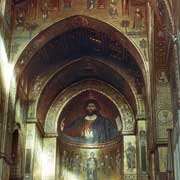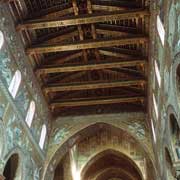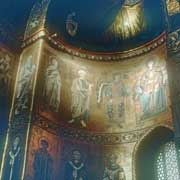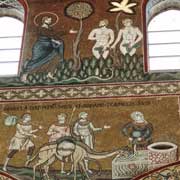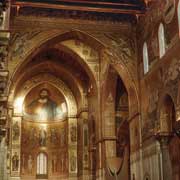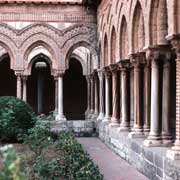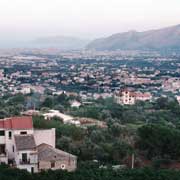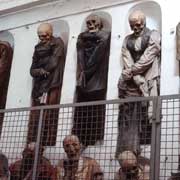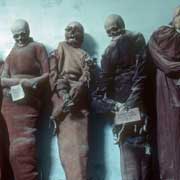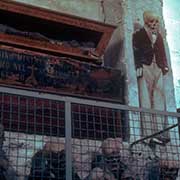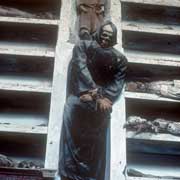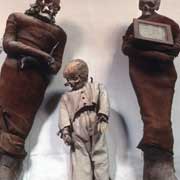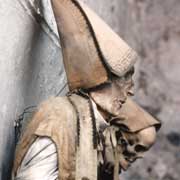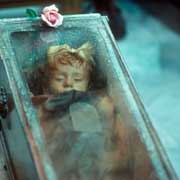Photos of Palermo, the capital city of Sicily, Italy
Palermo, the capital city of Sicily
Palermo, the capital and chief seaport of Sicily, lies along the Tyrrhenian Sea in the northwest of the island. Phoenicians founded the city in 736 BCE. Muslims captured it in 831 CE and made it an Arab emirate and a centre of trade and culture. In 1072 the Normans conquered the city and made it the capital of Sicily, the seat of King Roger’s kingdom. After his death, it passed to the German Hohenstaufens, the Holy Roman Empire and the French Anjou family, with all of Sicily, that eventually became part of Italy in 1860.
you may then send it as a postcard if you wish.
Today the city shows signs of decay and has some notoriety because of its links with the Mafia. Yet, there are still beautiful examples of a glorious past, like its churches and the Palatine Chapel, lavishly decorated with Byzantine mosaics. There are also delightful plazas, narrow streets and the lively Vucciria markets, almost like oriental bazaars. A most unusual sight is the Capuchin Catacombs with the mummified bodies of about 8,000 wealthy citizens, who died in the 17th to 19th centuries. Their bodies, dressed in their best clothes, are aligned in niches along the walls.
A fantastic sight is the 12th Century Norman cathedral of Monreale, approximately 8 kilometres to the southwest of Palermo. Built for King William II, it is considered the finest example of Norman architecture in Sicily. Its interior is almost wholly covered with gilded mosaics by Byzantine artists, representing the complete Old and New Testaments.
